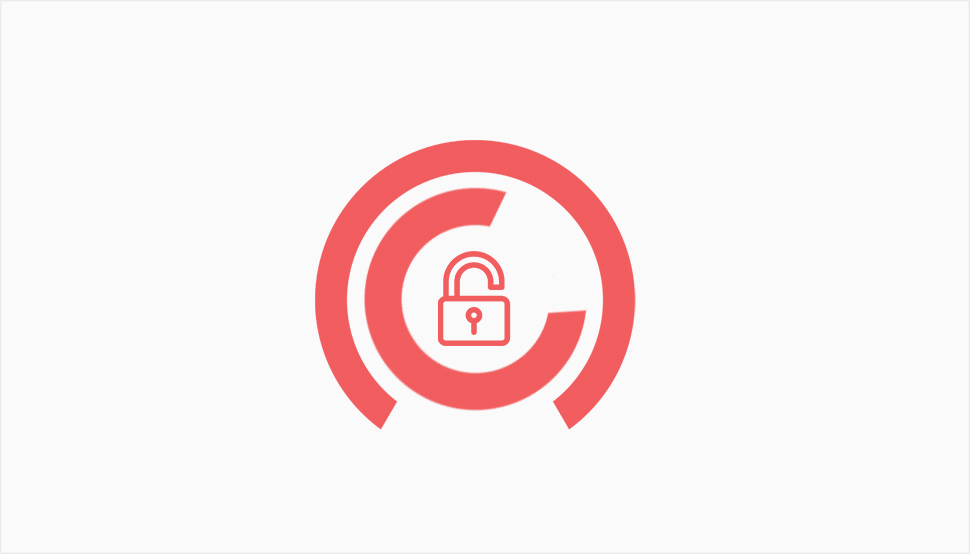WooCommerce Vulnerabilities and How to Fix Them

If you were tasked with compiling a list of the best uses for a WordPress website, starting a store would have to be on it – likely somewhere near the top. WordPress users have it particularly easy because they don’t have to waste their time thinking about the best platform for their store. WooCommerce, the go-to choice for powering WordPress online stores, offers great core functionalities and an even greater extendibility, the two features that define WordPress, too. Just like WordPress, however, WooCommerce isn’t perfect, which brings us to the topic of WooCommerce vulnerabilities.
Every piece of software you can use can have its fair share of glitches, errors, or weak points. When that piece of software is as critical to your business as WooCommerce tends to be, and when you use it to process sensitive data from your customers, any defect that can be exploited by third parties becomes a vulnerability that needs to be dealt with.
In this article, we’ll talk about security vulnerabilities in WooCommerce and how to deal with them. A full list of topics we’ll cover includes:

A WooCommerce vulnerability, or a software vulnerability in general, is a flaw in the software that leaves it open to various kinds of attacks. Software vulnerabilities can come about as a result of faulty coding, or when mistakes are made during the design of the software procedures and functionalities. Either way, they leave a window open for a bad actor to exploit them and act against your system or its users.
As a WooCommerce user, you’re not expected to be in charge of finding WooCommerce vulnerabilities, let alone finding a way to fix them. The best-case scenario is that a security researcher finds the vulnerability while poking WooCommerce for weak spots, and then notifies the public and WooCommerce, after which the company releases a patch or directions for fixing the issue. The worst-case scenario is that the vulnerability is found after it has already been exploited by bad actors.
What makes staying on top of WooCommerce vulnerabilities especially daunting is that, often enough, they have nothing to do with WooCommerce at all. WooCommerce users routinely use third-party plugins for WooCommerce analytics, shipping management, or creating product bundles, to name just a few popular uses of WooCommerce extensions and plugins. The more plugins you have, the more potential weak spots you introduce into your system, especially if those plugins come from unreputable developers or are no longer supported.

Your WooCommerce store can be vulnerable to all kinds of attacks. Knowing what they are is not mandatory for a regular WooCommerce user, but the more you know the better you’ll understand why it’s important to take these vulnerabilities seriously and take care of them as soon as you become aware of them.
A glance at WooCommerce-related vulnerabilities – those that affect both WooCommerce and third-party extensions and plugins – identifies these as the most likely issues:
SQL Injections
Your website’s database is one of its most important parts. Located on the server, it’s subject to constant requests for information from the front-facing part of the website. An SQL injection is a type of attack that uses that process to get access to restricted data.
With an SQL injection, a bad actor will find a way to have an SQL command run on your database. Usually, it’s the part of your website that provides user input, such as a login page or form, which acts as the entry point.
After a successful attack, a hacker can get away with the user data you store in the database, information about the database you don’t want to have public or data from multiple tables in the database. SQL injections can also be used to mess with the workings of applications.
Cross-Site Scripting
Another type of injection attack, cross-site scripting, or XSS, relies on using vulnerabilities in your website to serve up malicious scripts that will then run on your website visitors’ browsers. Seeing how users share sensitive information with your website because it’s a store, XSS attacks can cause a lot of problems.
An XSS attack uses your store’s status as a trusted source to masquerade the script that, when executed, gets access to cookies and other session information stored in the browser. From there, the hacker can use that information to impersonate the target, use their login information, and access their data.
Directory Traversal
One of the security features implemented in website structure is confining website users within the root directory on the server. Any type of information they might access is stored there, and anything they should be able to access – and there’s a whole lot you don’t want them to access – is stored outside of the root directory.
A directory traversal attack aims to access the files stored outside of the root directory. This type of attack can be as simple as trying to request a URL the attacker sort of knows is usually located in a specific location on a specific type of server. With a little guesswork and some typing, they can eventually retrieve files from outside the root directory, giving them the knowledge they can use to further exploit the website.

While it might not be up to you to make sure that WooCommerce stays on top of any new vulnerabilities in its code that are found, it doesn’t mean that you don’t have an important role to play in the safety of your website. So, if you want to make sure that you’re giving attackers the least room possible to attack your website using WooCommerce vulnerabilities, here’s what you want to do.
Make Sure You Run the Latest Version of WooCommerce
Even though updating plugins is something you can set to happen automatically on your website, many admins often opt to do it manually. Big online stores that run lots of third-party plugins and have lots of customers buying lots of products might require testing the update on a clone of the website.
The problem with this practice, however, is that the most common fixes to WooCommerce vulnerabilities come in the form of plugin updates. Keeping your plugin up to date is always one of the best ways to ensure that your WooCommerce store has the best – and least vulnerable – version of WooCommerce available at the time.
Keep Other Plugins Up-to-Date, Too
Everything we said about WooCommerce can usually be prescribed to other plugins – it’s a good idea to keep them up to date. You should, of course, also make sure that you only use the plugins that you have to, and that you remove unnecessary plugins sooner rather than later. Use plugins from developers you trust, too.
Stay on Top of the Latest Developments
In some cases, WooCommerce might alert you about a vulnerability if you’ve opted to receive email communications from them – that’s as strong a reason as you’ll ever find to agree to get emails from a company.
Even if it doesn’t, however, you should keep an eye on their blog, as WooCommerce might use it to alert the public of possible issues. If you want to cast a wider net, maybe even keep a tab on third-party plugins you use with WooCommerce, use a website like CVE Details to look for possible vulnerabilities.
Let’s Wrap It Up!
The digital landscape is full of people who are searching, day and night, for various vulnerabilities they can use to access people’s websites. Platforms like WooCommerce will often have hidden vulnerabilities that are just waiting to be found. While there’s nothing you can do about that, you sure can make sure that you react as soon as the news of a new WooCommerce vulnerability breaks.
There’s a whole list of steps to take to make sure your WooCommerce store is secure. It includes things like updating your plugins, sure, but also things like enabling two-factor authentication, for example. Every step you can take can help protect your store, as well as its visitors, from WooCommerce vulnerabilities and people who want to exploit them.



